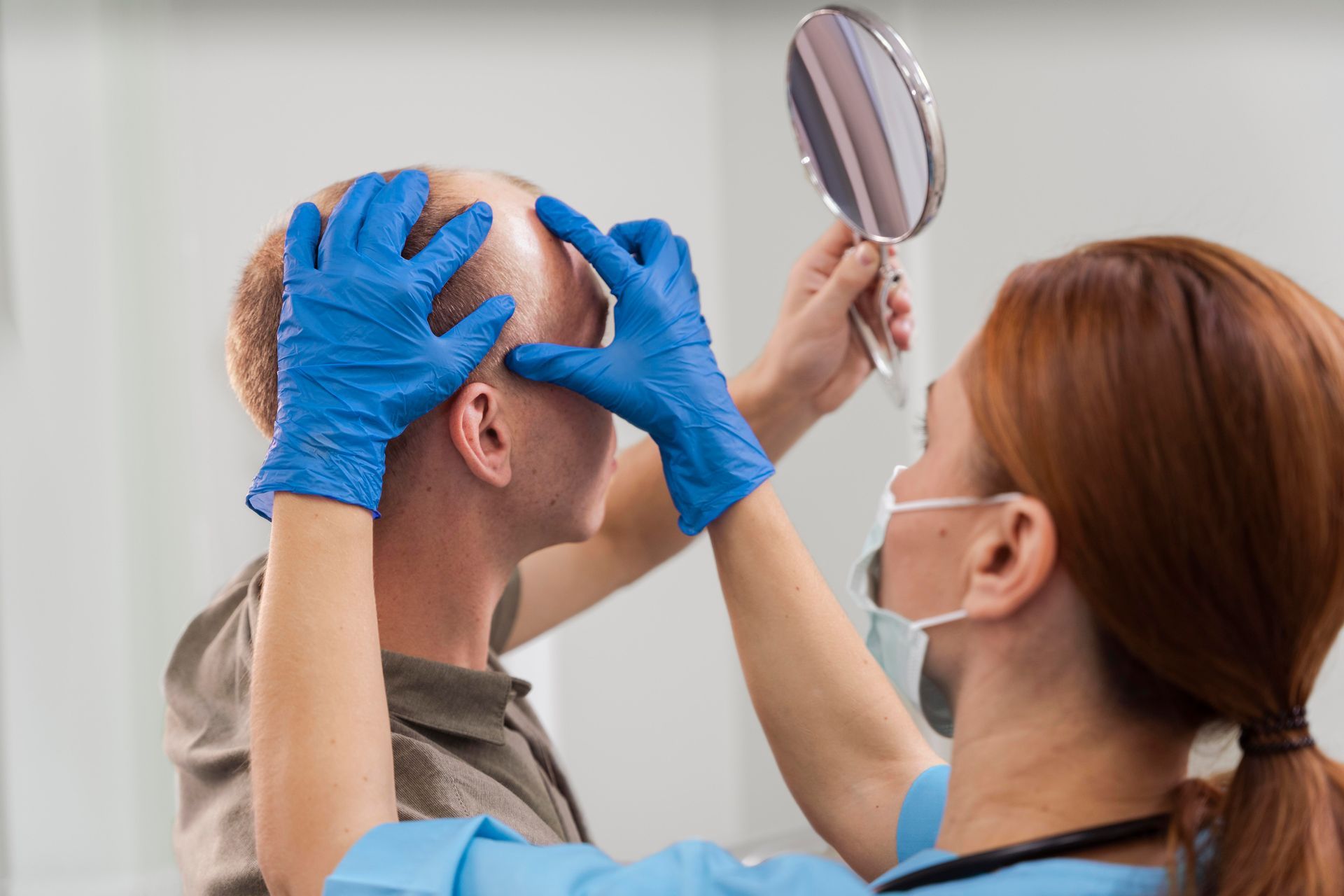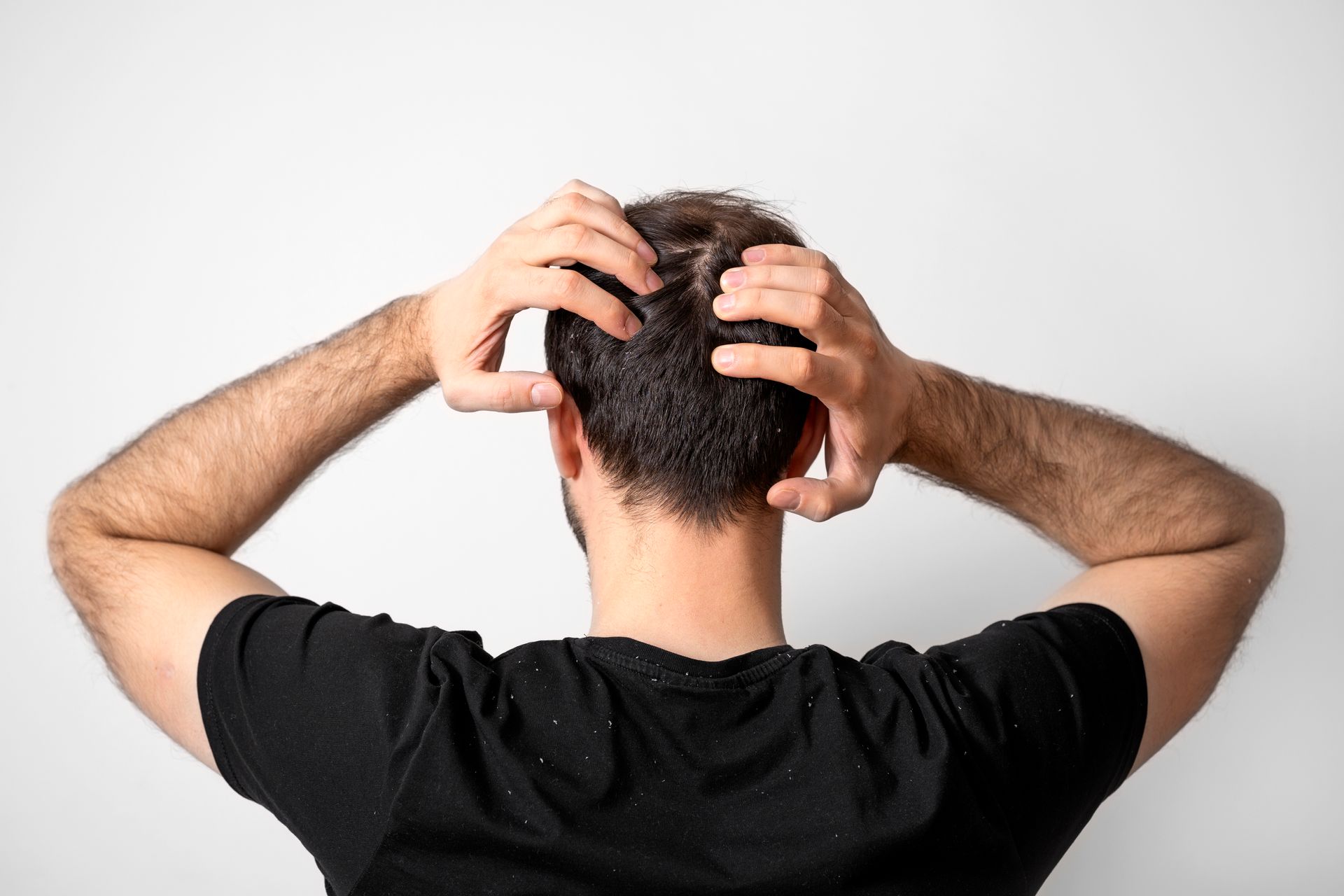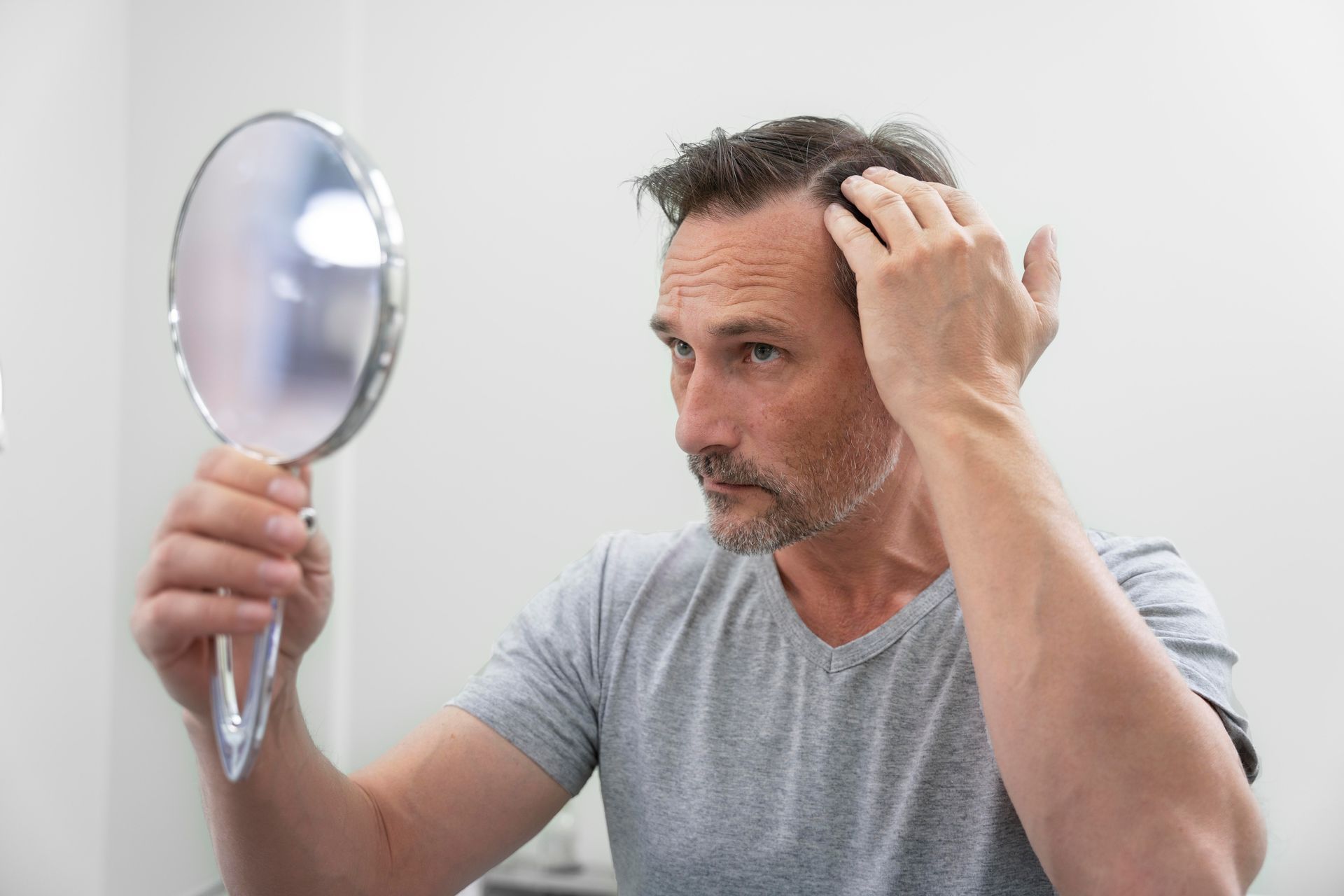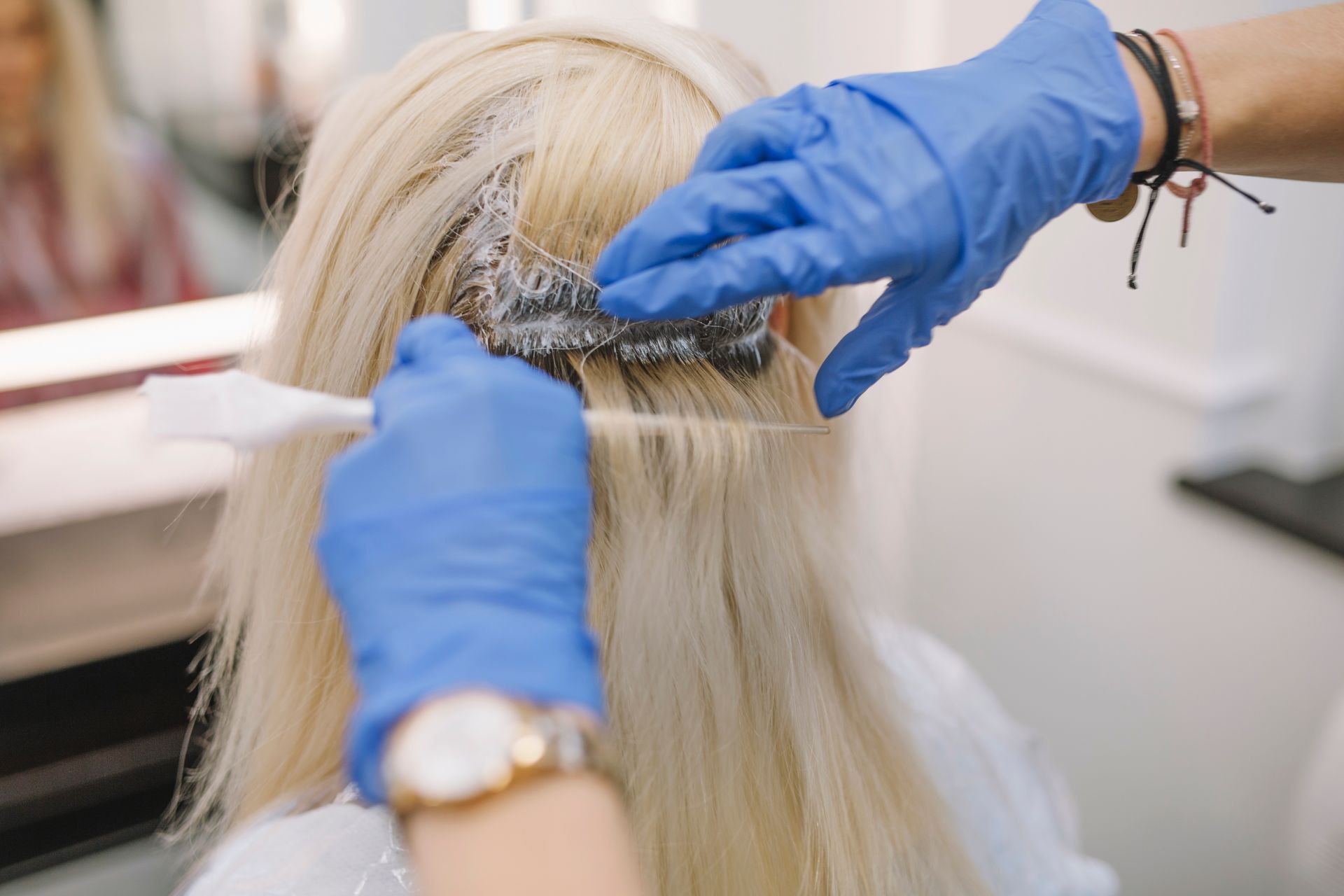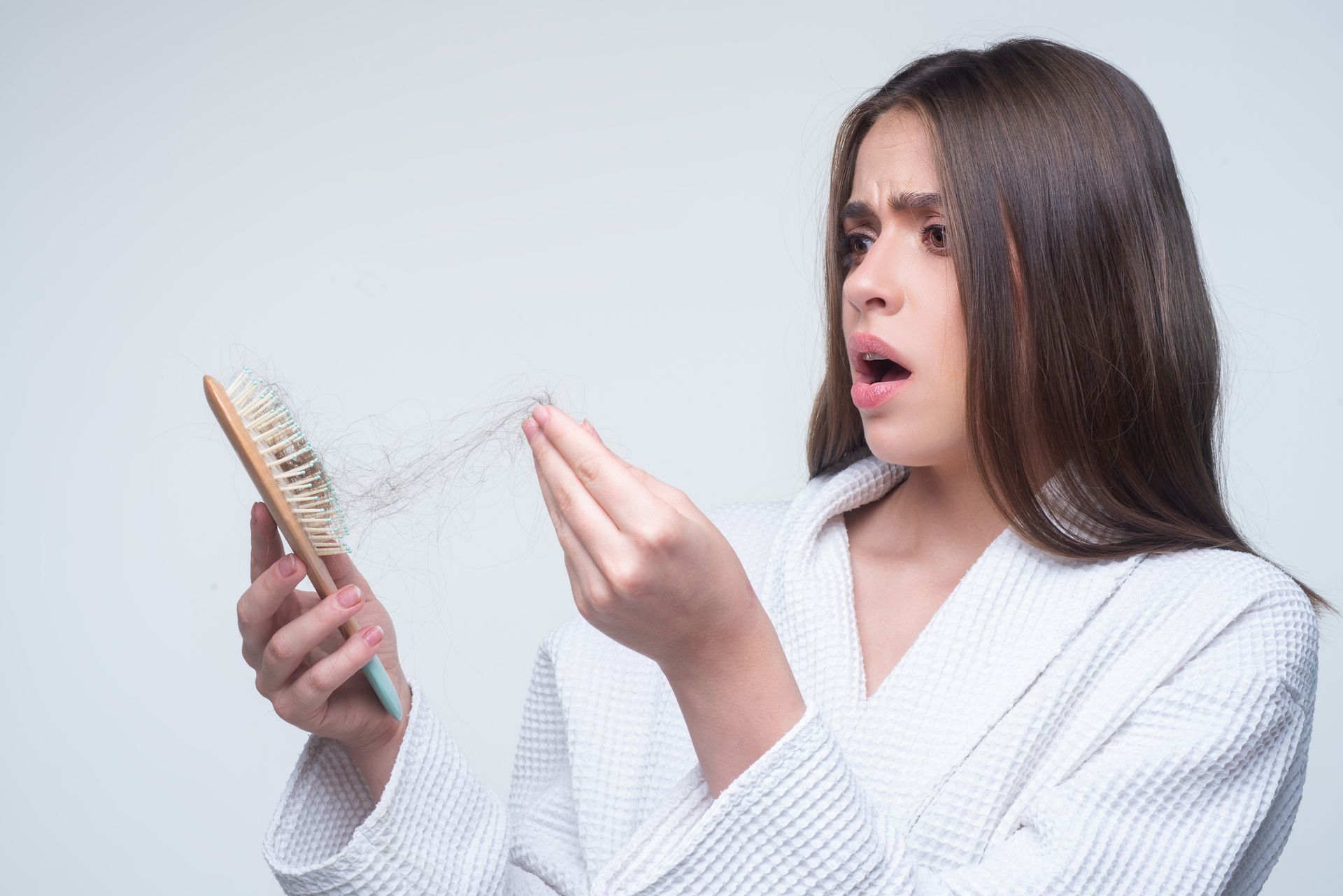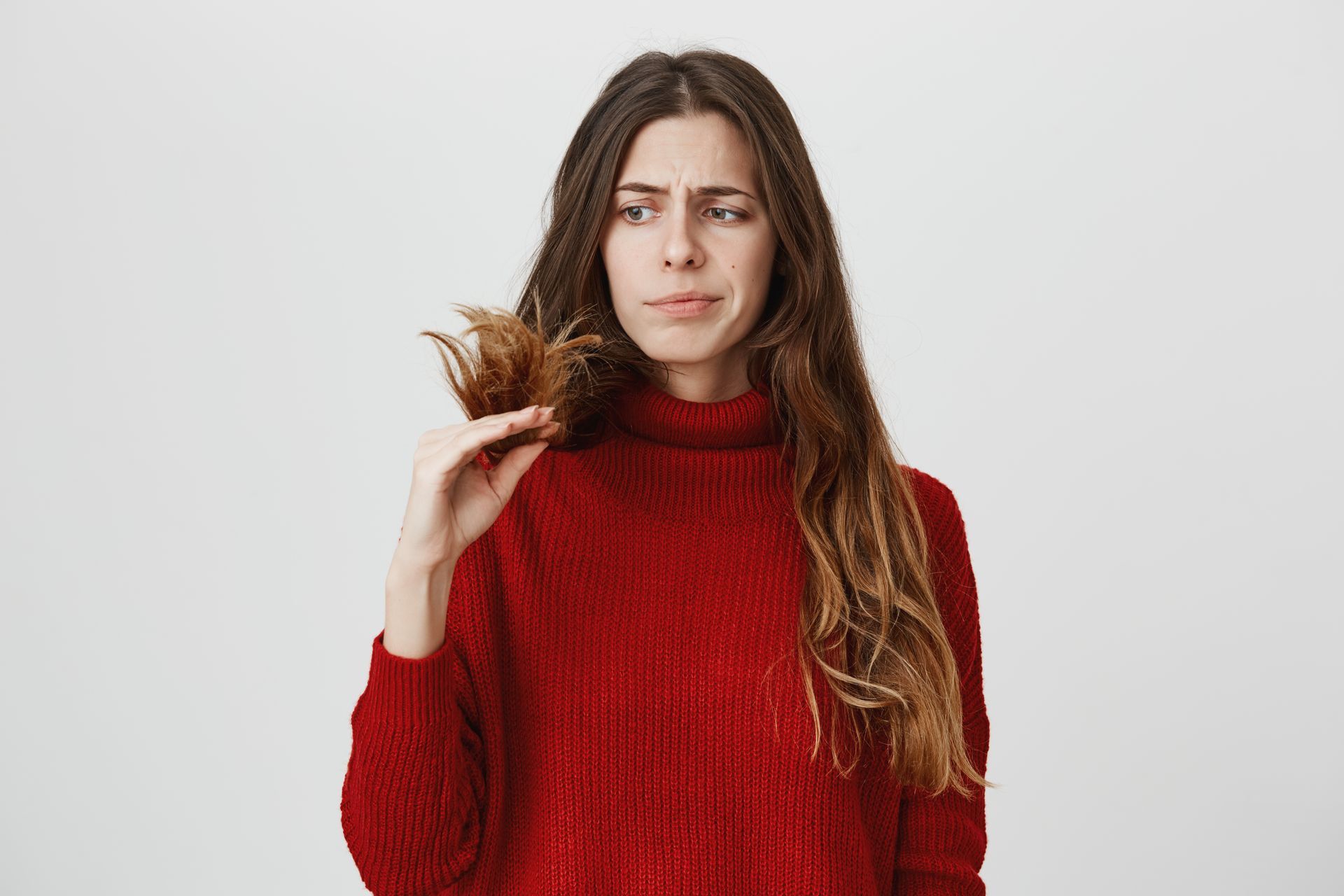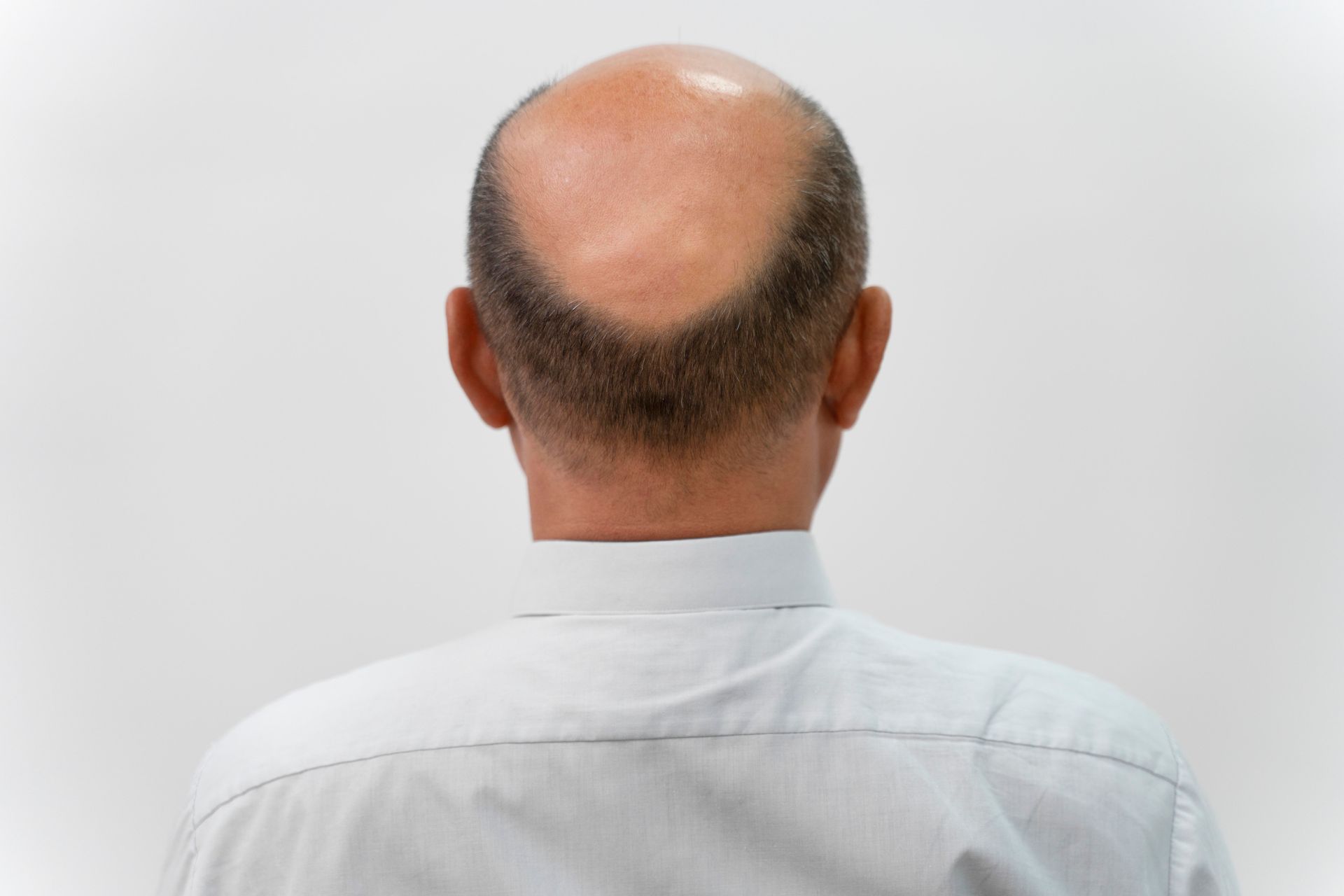Answering All Your Questions About Alopecia
Answering All Your Questions About Alopecia
Alopecia is a general term for hair loss on the scalp and other parts of the body. While it can be alarming to experience hair loss, it is important to remember that alopecia is a fairly common condition and there are many ways to manage it. This article will answer some of the most commonly asked questions about alopecia and its different forms.
What Is Alopecia?
The exact cause of alopecia is unknown, but it is believed to be caused by autoimmune disorders, infectious diseases, or physical trauma. There are several different types of alopecia, ranging from thinning hair to complete baldness. Alopecia can affect both men and women of any age, although it is most common in young adults.
What Types and Forms of Alopecia Are Widely Noted?
Each type of alopecia has its own set of causes and symptoms, as well as treatment options. Below is a compiled list of the most popular forms of alopecia and what causes them.
Alopecia Areata
What is alopecia areata? This is the most common type of alopecia which is an autoimmune condition that causes patchy hair loss. The body's immune system attacks the hair follicles, which makes them shrink and produce less hair. In some cases, doctors provide treatment to help promote hair growth, but it is rare for hair to grow back on its own.
Alopecia Totalis
Alopecia Totalis is a hair loss condition where the person loses all the hair on their scalp, eyebrows, eyelashes, facial and body hair. There is currently no treatment for alopecia totalis, but sometimes hair regrowth occurs on its own.
Androgenetic Alopecia
Androgenetic alopecia, also known as male pattern baldness, is a condition that affects millions of men worldwide. While the cause of androgenetic alopecia is not fully understood, it is thought to be related to a combination of hormonal and genetic factors. The condition is characterized by a receding hairline and thinning hair on the crown of the head.
Alopecia Universalis
The exact cause of alopecia Universalis is unknown, but it is believed to be triggered by an underlying medical condition or a stressor such as trauma or surgery. It typically begins with thinning hair or patchy hair loss but can progress to complete baldness if left untreated.
Postpartum Alopecia
This condition occurs when a woman loses hair during the months after giving birth and is related to hormonal changes that occur during pregnancy and childbirth. It is generally temporary, and most women will start to see new hair growth within six months of delivery.
Traction Alopecia
Traction alopecia is a type of hair loss that is caused by repeated pulling or tension on the hair follicles. This can happen due to hairstyles or other factors such as traction from wearing headphones. Over time, the constant pulling can damage the hair follicles and cause them to fall out.
Telogen Effluvium
This form of alopecia is characterized by diffuse hair shedding. Telogen effluvium can be caused by a variety of factors, including stress, pregnancy, and certain medications.
Cicatricial Alopecia
Cicatricial alopecia occurs when the hair follicle is destroyed and replaced by scar tissue. It can be caused by a variety of factors, including autoimmune diseases, injuries, infections, and burns.
Who Is Affected by Alopecia?
Alopecia can affect men, women, and children of all ages, but some people have a higher risk of developing alopecia. For example, people who have other autoimmune disorders, such as lupus or vitiligo, are more likely to develop alopecia. In addition, individuals who have family members with alopecia are also at increased risk.
What Are the Statistics on Alopecia?
According to the National Alopecia Areata Foundation, approximately 6.8 million people in the United States are affected by alopecia. Of these, approximately 2% are children. While alopecia is often thought of as a condition that affects only women, approximately 40% of all sufferers are male.
Regardless of who is affected, alopecia can be a debilitating condition that takes a toll on one's physical and emotional health. However, with early diagnosis and treatment, it is possible to control the progression of Alopecia and improve your quality of life.
Contact a Hair Loss Expert
While there is no cure for alopecia, there are techniques that can help to improve the appearance of hair loss. The Hair & Beauty Treatment Center has got you covered with medically approved growth treatments,
wig services,
and more. Book your Quick Start Consult
online
or call us at
(706) 373-9184
to start renewing your confidence today.

